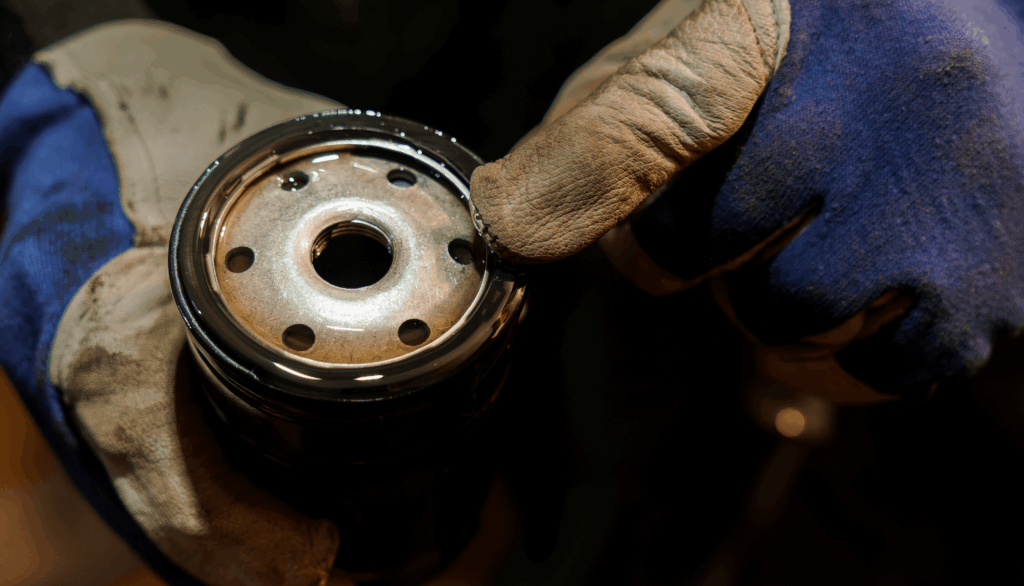Oil tank cleaning is an essential maintenance task that helps keep your oil tank efficient and safe and prevents contamination within the tank itself. Overall, it will help increase the lifespan of your tank. Whether you’re new to owning an oil tank or a seasoned professional, it’s important to get a strong understanding of oil tank cleaning.
This comprehensive guide will explain how to clean an oil tank and provide a rough estimate of the oil tank cleaning costs. This blog post will also discuss the benefits of oil tank cleaning in further detail.
Why oil tank cleaning is essential
Sludge and sediment can build up within the oil tank over time. If this sludge is left unresolved, problems, such as clogged fuel lines and blocked filters, can arise. These problems will reduce the product’s efficiency and potentially damage the oil tank.
It’s important to limit the amount of corrosion as much as possible, as this can lead to rust, leaks, and structural damage. The buildup of sludge can also create a safety risk, as the heating oil tank can overheat and become a fire hazard. Oil tank cleaning will remove the sludge and sediment buildup and allow your oil tank to run as efficiently as possible. It will also reduce the chances of a system breakdown and prevent costly repairs. A clean tank will maximise the oil tank’s lifespan and comply with environmental and safety regulations.
When to clean your oil tank
Oil tank cleaning is recommended at least once per year. It’s often better to carry out the cleaning tasks during the summer or early autumn. Oil levels are likely to be lower during that time of year, making it easier to avoid leaks and spills that have negative environmental consequences.
Doing it late in the summer or early autumn will also help improve the efficiency of the heating oil tank during the winter months, when it is often more critical due to the colder weather. You should also clean your tank if you notice a performance dip or a sludge buildup.
Cleaning oil tanks is a vital part of ownership. However, you might be asking how to clean an oil tank. Let’s find out.
How to clean an oil tank
Knowing how to clean an oil tank is vital so that you follow the correct safety precautions. If you’re unsure, professional services are available that will do it for you. This guide details the five key steps to oil tank cleaning.
Safety
The person cleaning the oil tank must wear PPE, including safety glasses and gloves. The power supply and other associated appliances need to be switched off completely. It’s better to be on the safe side. You should also prepare safety equipment in case of spills and leaks. This way, you have it to hand rather than having to go searching for it in a remote location. It’s essential to look out for signs of an oil leak.

Draining
All oil needs to be removed from the tank. You will need a container designed for holding oil, which should be placed underneath the drain valve of the heating oil tank. Open the valve slowly and cautiously, allowing you to keep control of the oil flow. Once the tank is empty, mark the container and put it in a safe place.
Cleaning the interior
You will need another container placed underneath the drain valve. Hose the tank’s interior with water, ensuring you reach all areas of the tank. The water should then flow out of the drain valve, with any sludge or sediment flowing out with it. Continue to hose the interior of the oil tank until the water runs clean.
Once this part of the oil tank cleaning process is complete, you can close the drain valve. It’s important to make sure the valve is tightly shut to prevent future leaks and spills.
Cleaning the oil filter
You will need to remove the filter from the oil tank. Top tip: Take a photo of the filter when it’s in place to help you remember how it fits when reinstalling it. If you have a cleanable filter, you can proceed. Some oil tanks have filters that must be replaced rather than cleaned.

The instructions with the oil tank will explain which kind of filter you have and which cleaning method you will need to use. It is likely to be either a rinse clean or a brush clean.
Brush clean
A brush clean is self-explanatory. You should be careful when brushing to prevent damage to any of the components and be very gentle with the filter.
Rinse clean
Put the filter in a container with the cleaning solution. You may need to gently knock it to dislodge any stuck dirt. The filter needs to be gently rinsed with clean water and dried. Then, it can be reinstalled.
Waste disposal
After the oil tank cleaning, you must follow the waste disposal guidelines in your local community. If you are unsure how to proceed in your area, contact your local environmental agency or waste management department.
When to seek professional help
Oil tank cleaning is possible to complete yourself if the oil tank is small. Professional cleaning services are recommended and readily available for large or heavily contaminated tanks. Professionals will bring the correct tools, have expertise and follow the correct safety protocols. But what is the oil tank cleaning cost? Let’s find out.
How much does oil tank cleaning cost?
The cost of a professional oil tank cleaning service varies depending on various factors. These factors include the size, location (above ground or below ground), and extent of the contamination. Certain locations might also require more or less safety measures, such as confined spaces.
On average, owners can expect to pay between £1,000 and £5,000 for professional oil tank cleaning. Additional costs may apply for:
- Sludge Disposal
- Tank Repairs
- Emergency safety measures
Oil tank cleaning is vital for anyone using the product. By understanding how to clean an oil tank, identifying the signs of sludge buildup and budgeting for the oil tank cleaning costs, you can ensure your tank remains efficient and long-lasting. Regular cleaning will prevent serious contamination and maximise the lifespan. Cleaning is just one maintenance task. Click here for further oil tank maintenance tips.
Even with proper maintenance and regular oil tank cleaning, you will need to get a replacement once the tank hits its maximum life span. Oil tanks come in a range of different sizes. If you need any advice on choosing the right oil tank for you, our friendly team is on hand and ready to help. Just get in touch.

